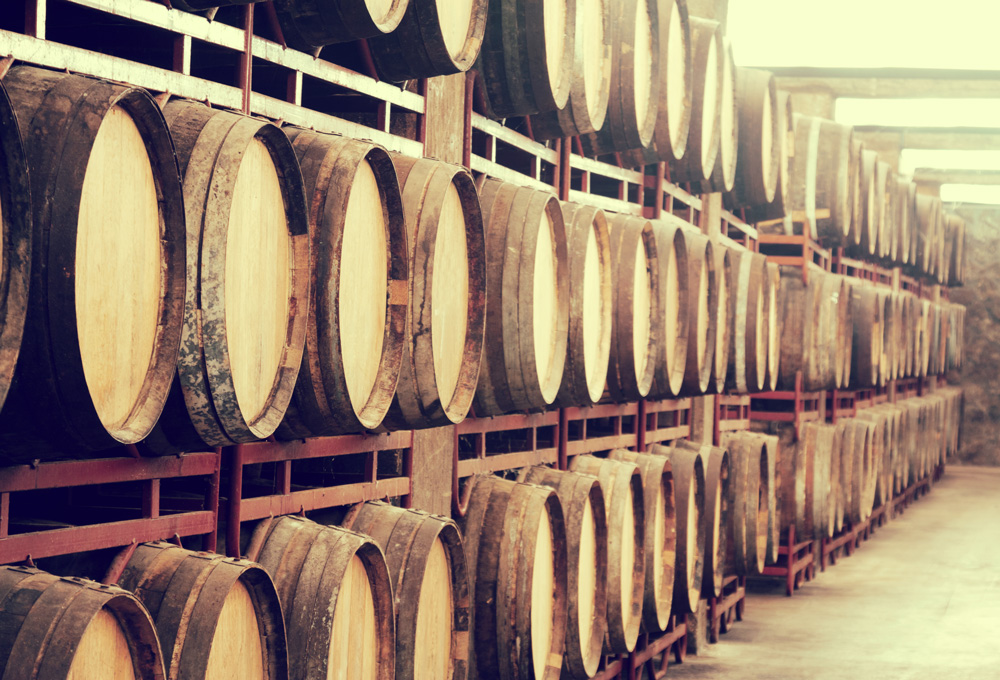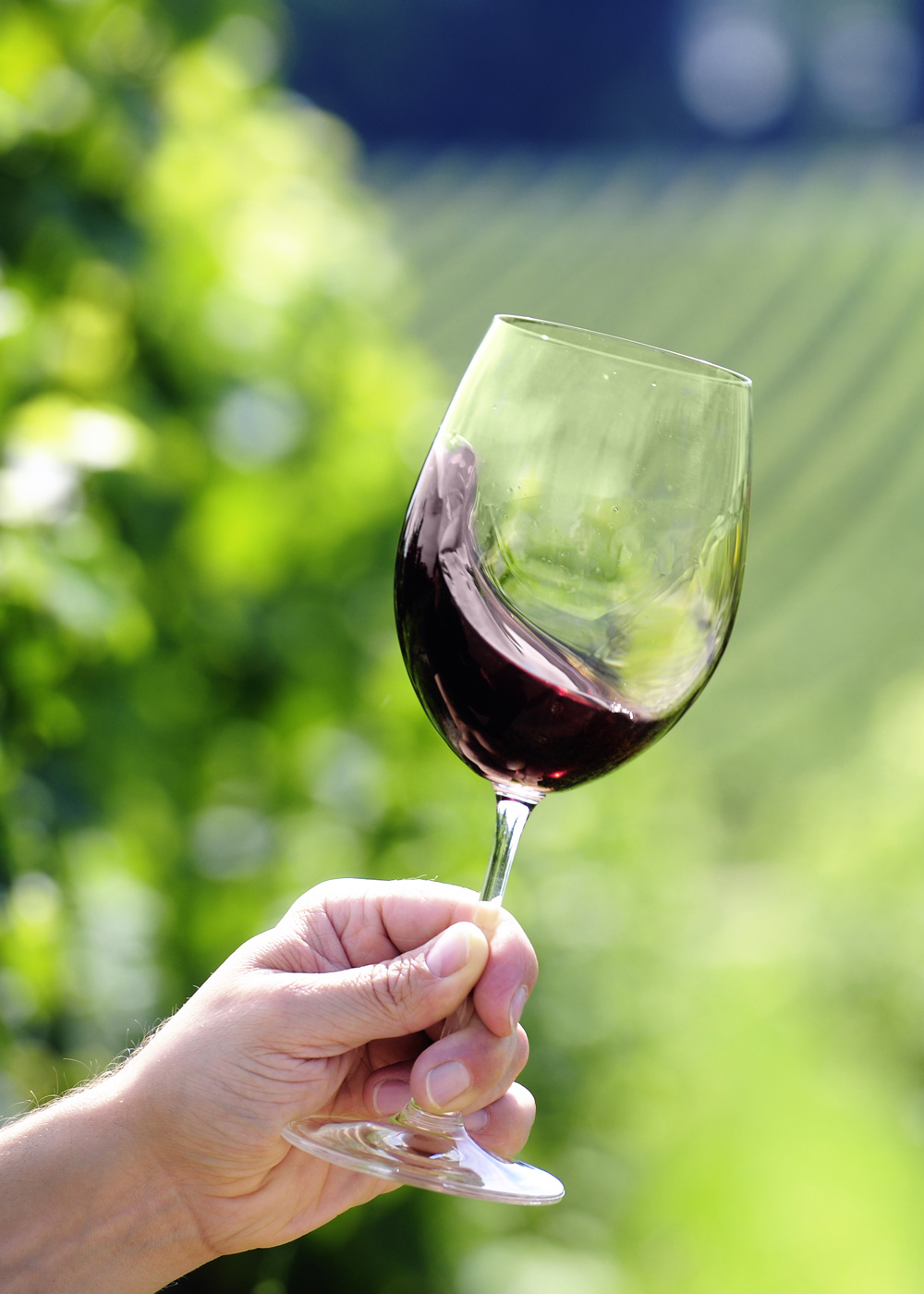When discussing wine, the subject of vintages is especially relevant and complex. Being aware of a wine’s vintage can help us to make informed buying decisions. However, oversimplifying or taking the term out of context may result in missed opportunities to acquire incredible wines – often at a bargain. This article will explore the meaning of the word “vintage.”

Vintage: The Story of a Growing Season
One way to understand the concept of vintage is by considering the changing circumstances that affect a single growing season. Grapes are sensitive to weather patterns, and wines have the capacity to reflect this through aromas, flavors, and textures. For instance, cooler temperatures may lead to grapes with higher levels of acidity, whereas warmer temperatures may produce grapes with a greater concentration of sugar. Individual events, such as heat spikes, rain, fog, hail, and droughts, all have an impact on the overall growing season. Just as the weather in Seattle is different from that of Miami, the weather in wine growing regions can vary greatly, even between areas close in proximity like Bordeaux’s Right and Left Banks. Geological episodes, forest fires, vine diseases, and the influence of animals (including humans) can also play a role in shaping the growing season. In the most basic form, a vintage is the culmination of an entire growing season, and the resulting wines tell its story.

Determining the Quality of a Vintage
In many ways, assessing the quality of a vintage is a matter of perspective. Producers have a financial stake in selling as much wine as possible, so a vintage that yields a smaller quantity of grapes is probably less desirable to them than one that yields a larger quantity. However, in either case, if those grapes are of high quality, consumers may judge the vintage to be good based on the wines that are ultimately produced. On the other hand, there are many reasons a vintage can be poor, including years when grapes struggle to achieve ripeness, hail storms devastate vineyards, or vine disease is rampant.
Vintages can be judged in the context of individual producers, appellations, or larger growing regions. What may be a good vintage for Châteaux A might not be for their neighbor, Château B. Similarly, a bad year in Napa Valley doesn’t necessarily mean the same for Sonoma. Personal tastes and individual preferences are other important factors to take into account – one person may prefer wines in a fruitier style to drink young, while another may want more structured wines to age for a longer period of time.

Seeking Value in Vintages
Great vintages are a safe bet when it comes to buying wine at all price tiers, but as you probably suspect, not every vintage is great. Keep in mind, though, that excellent wines can still be made in less than great years. Some professional wine publications and critics have created vintage charts that serve as a useful reference to provide us with a general idea about specific regions, as well as the style of wines produced each vintage. Following your favorite bottles from trusted producers each year is another smart way to ensure you’ll drink well. They may also be inclined to sell off-vintages for less in order to make room for newer ones, even if the wines are of fine quality.
Now that you know more about vintages, you’ll never look at the year on a bottle of wine the same. Since each vintage is unique, comparing them is a fun and interesting way to learn.



